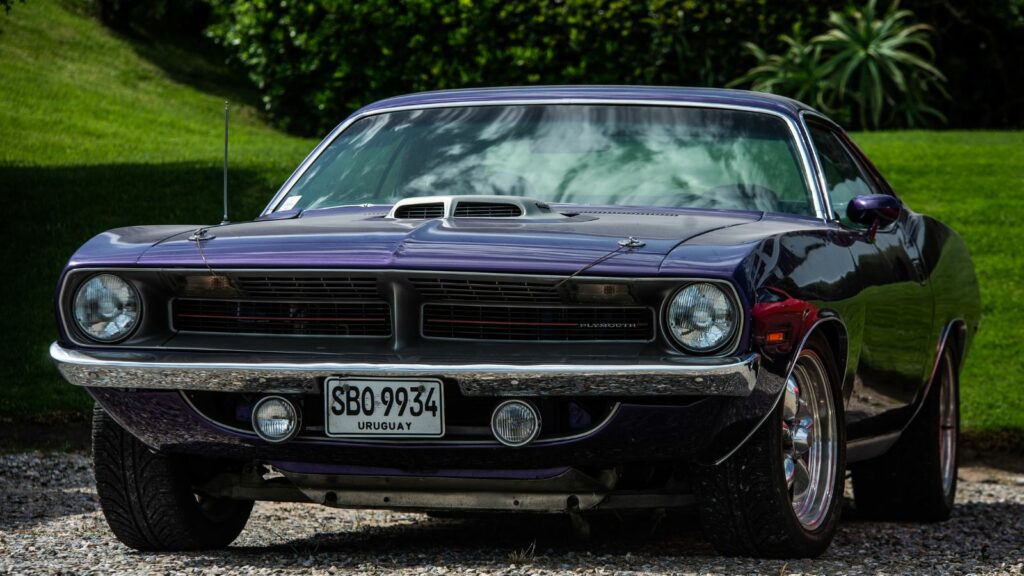Some sports cars etch a permanent mark in automotive history. These beauties aren’t just machines; they’re legends that have fueled dreams, inspired posters on bedroom walls, and drained wallets faster than a Bugatti does 0 to 60. Let’s take a joyride through the garage of greatness and explore 25 sports cars that have been forever fast and unforgettable.
Porsche 911 (1964-Present)
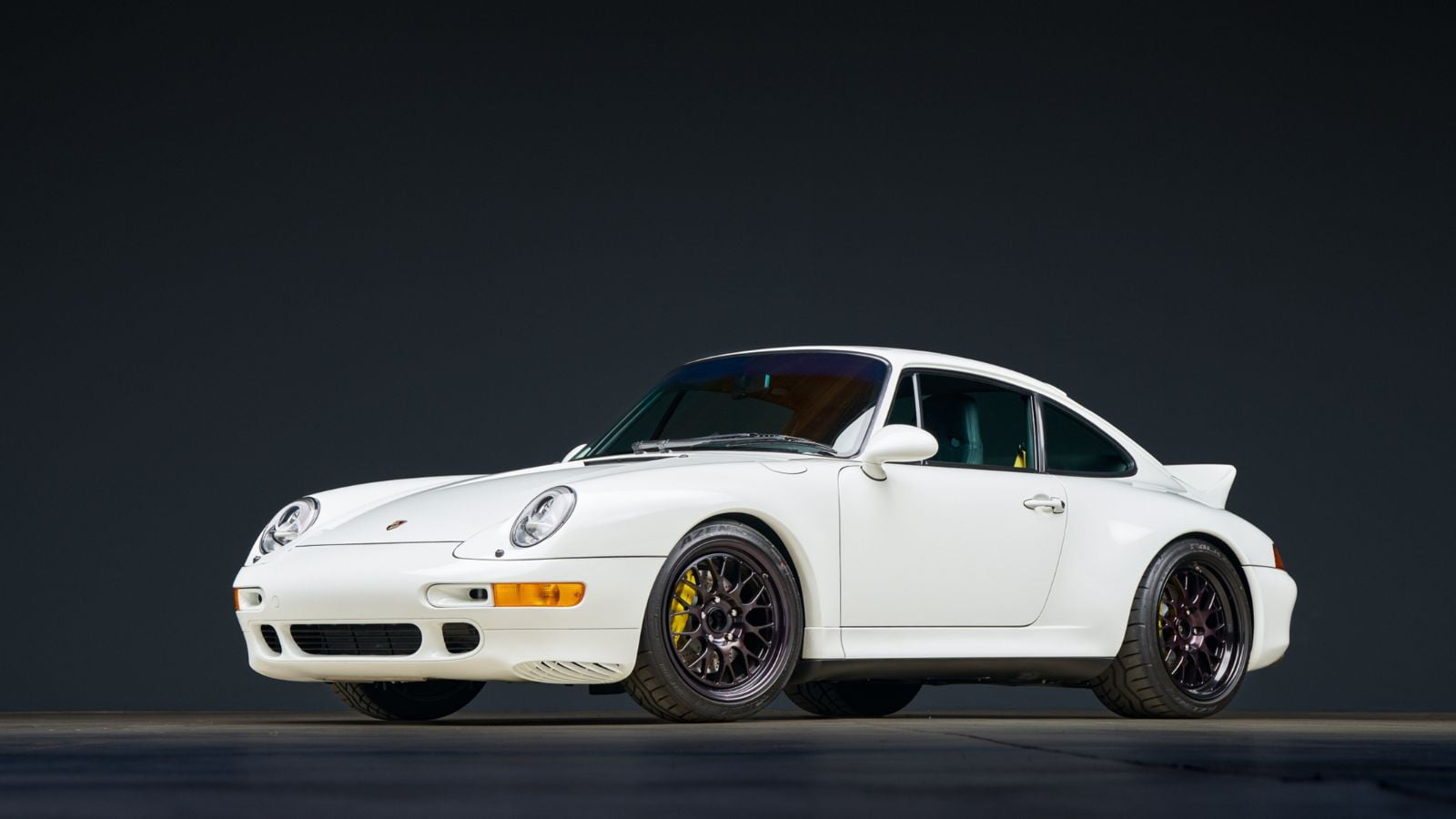
Ferdinand “Butzi” Porsche designed the Porsche 911, which replaced the Porsche 356 and introduced a 2.0-liter flat-six engine mounted at the rear. Launched in 1964, the 911’s rear-engine design and timeless silhouette have remained largely unchanged—because why mess with perfection? Whether the classic 930 Turbo or the modern 992 Turbo S, the 911 combines luxury, performance, and everyday usability in a way few sports cars can.
Ferrari F40 (1987-1992)
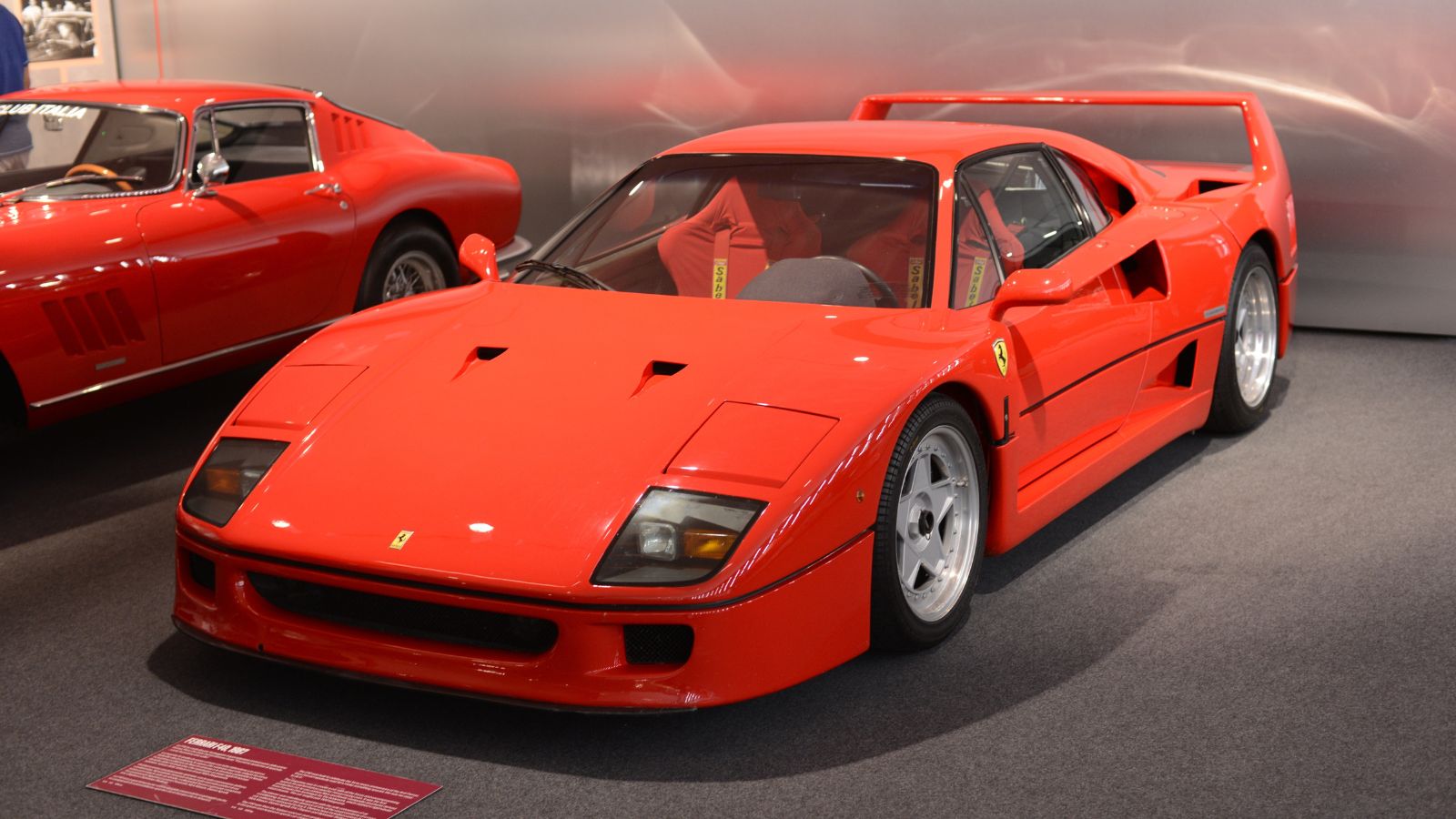
The Ferrari F40 (1987–1992) is a legendary supercar often regarded as one of the finest creations in automotive history. Unveiled in 1987 to celebrate Ferrari’s 40th anniversary, it was the last car personally approved by Enzo Ferrari before his passing. Its aggressive, wedge-shaped design, penned by Pininfarina, emphasized aerodynamic efficiency with a lightweight Kevlar, aluminum, and carbon fiber body. And, with its raw, unfiltered driving experience and a top speed of 201 mph, the F40 wasn’t just fast; it was ferocious. Plus, those iconic rear louvers? Pure 80s cool.
Chevrolet Corvette (C1 to C8, 1953-Present)
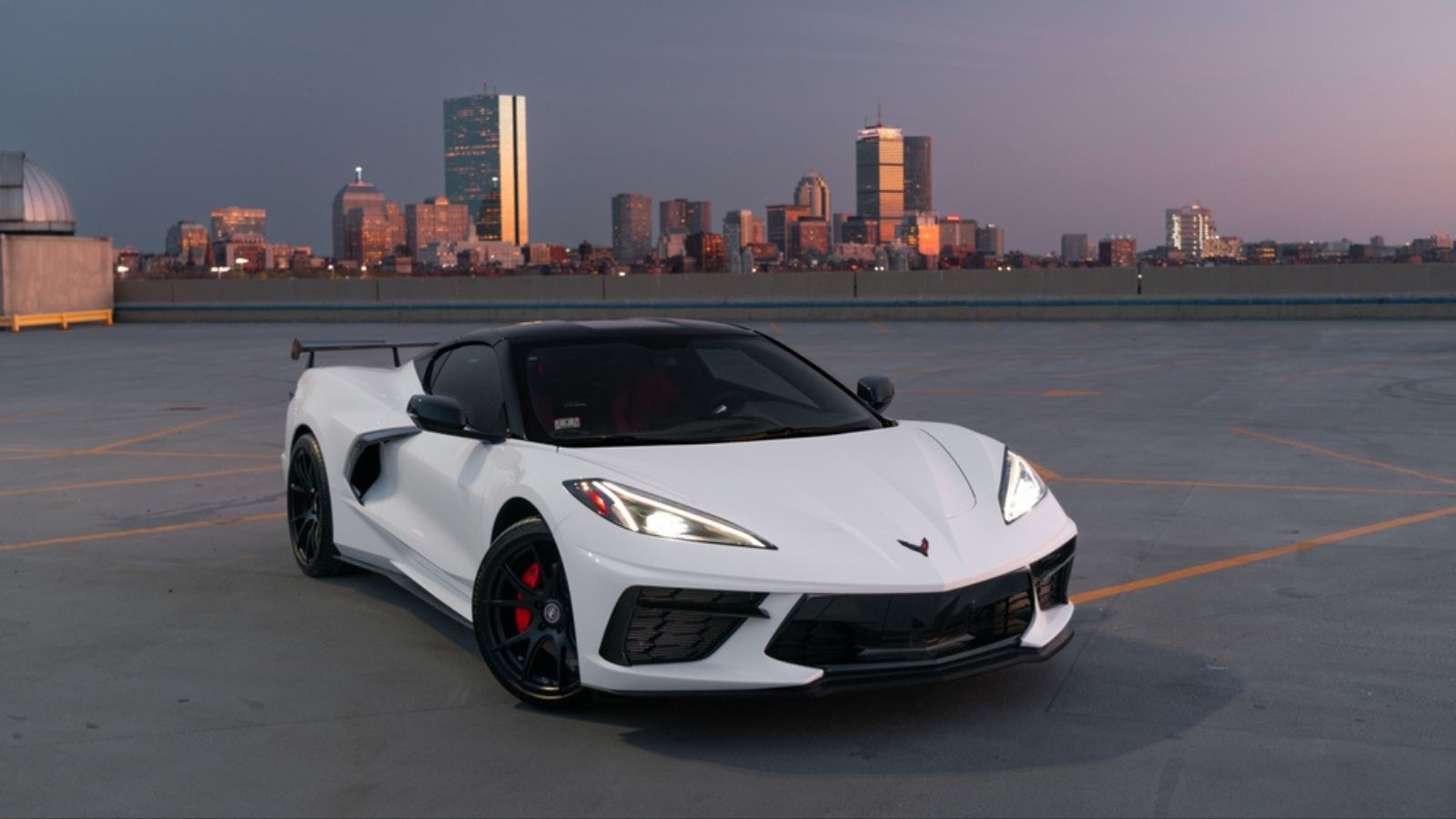
The Corvette has evolved more than a Pokémon. From the curvaceous C1 of the 1950s to today’s mid-engine C8, it has consistently delivered American muscle with a dollop of sophistication. Also, the revolutionary C8 (2020-present) moved to a mid-engine layout, a first for the Corvette, enhancing its supercar status. Across decades, the Corvette has married performance and affordability, cementing its place in automotive history.
Mazda MX-5 Miata (1989-Present)

The Miata is proof that you don’t need a bazillion horsepower to have fun. Inspired by classic British sports cars like the Lotus Elan, the Miata was developed under the ethos of “Jinba Ittai” (horse and rider as one). Its 1.6-liter inline-4 engine initially delivered 116 horsepower, paired with a perfectly balanced chassis weighing under 2,200 pounds. The Miata also holds the Guinness World Record as the best-selling two-seater sports car, surpassing 1.2 million units in 2023.
Lamborghini Miura (1966-1973)
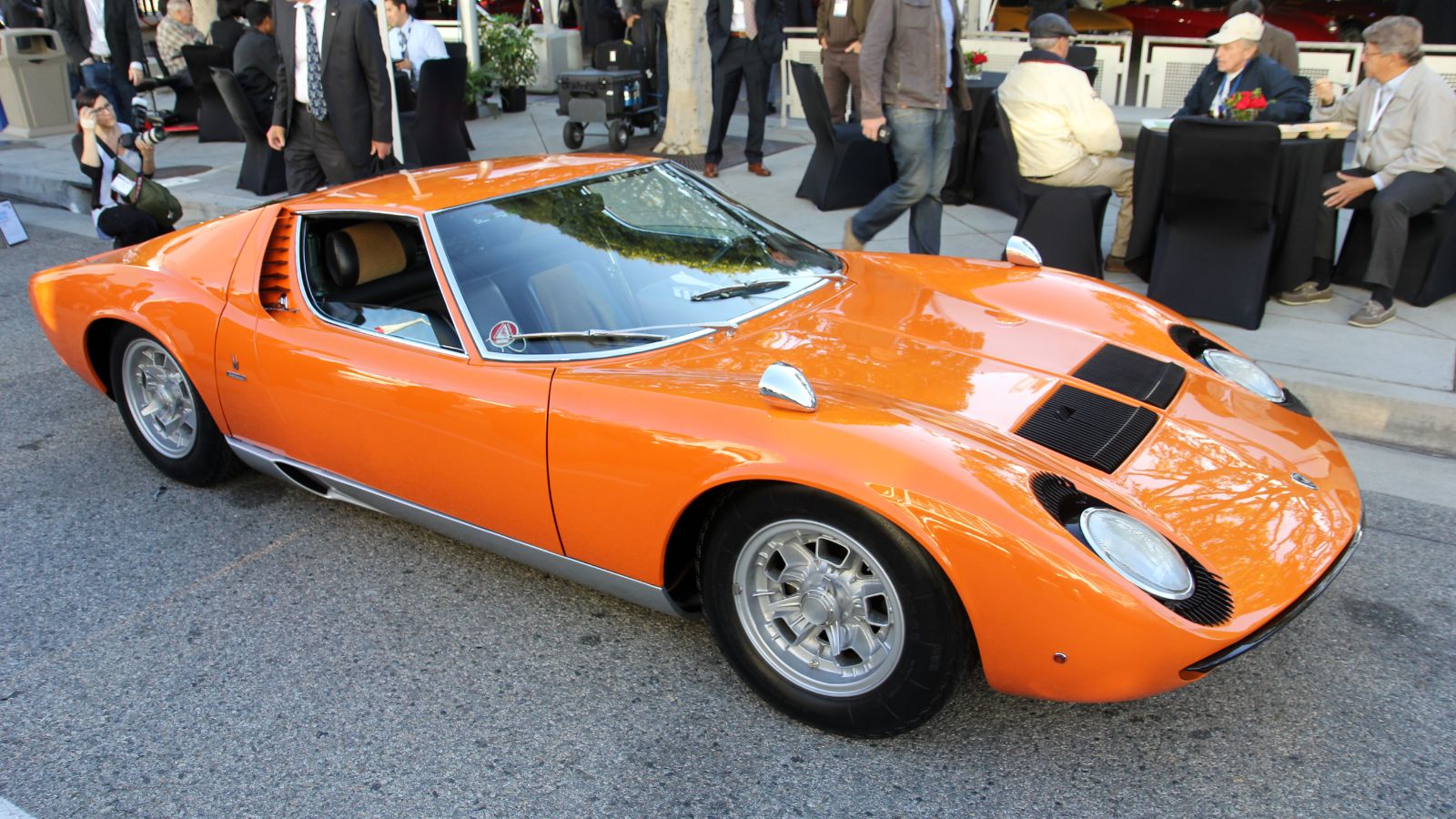
Meet the car that invented the term “supercar.” Unveiled at the 1966 Geneva Motor Show, it stunned audiences and competitors alike. The Miura could reach a blistering 174 mph and accelerate from 0-60 mph in under 6.5 seconds, extraordinary for its era. Also, produced in three main variants—P400, P400S, and P400SV—it saw only 764 units built, cementing its rarity. The Miura wasn’t just fast but luxurious, featuring leather interiors and attention to detail.
McLaren F1 (1992-1998)
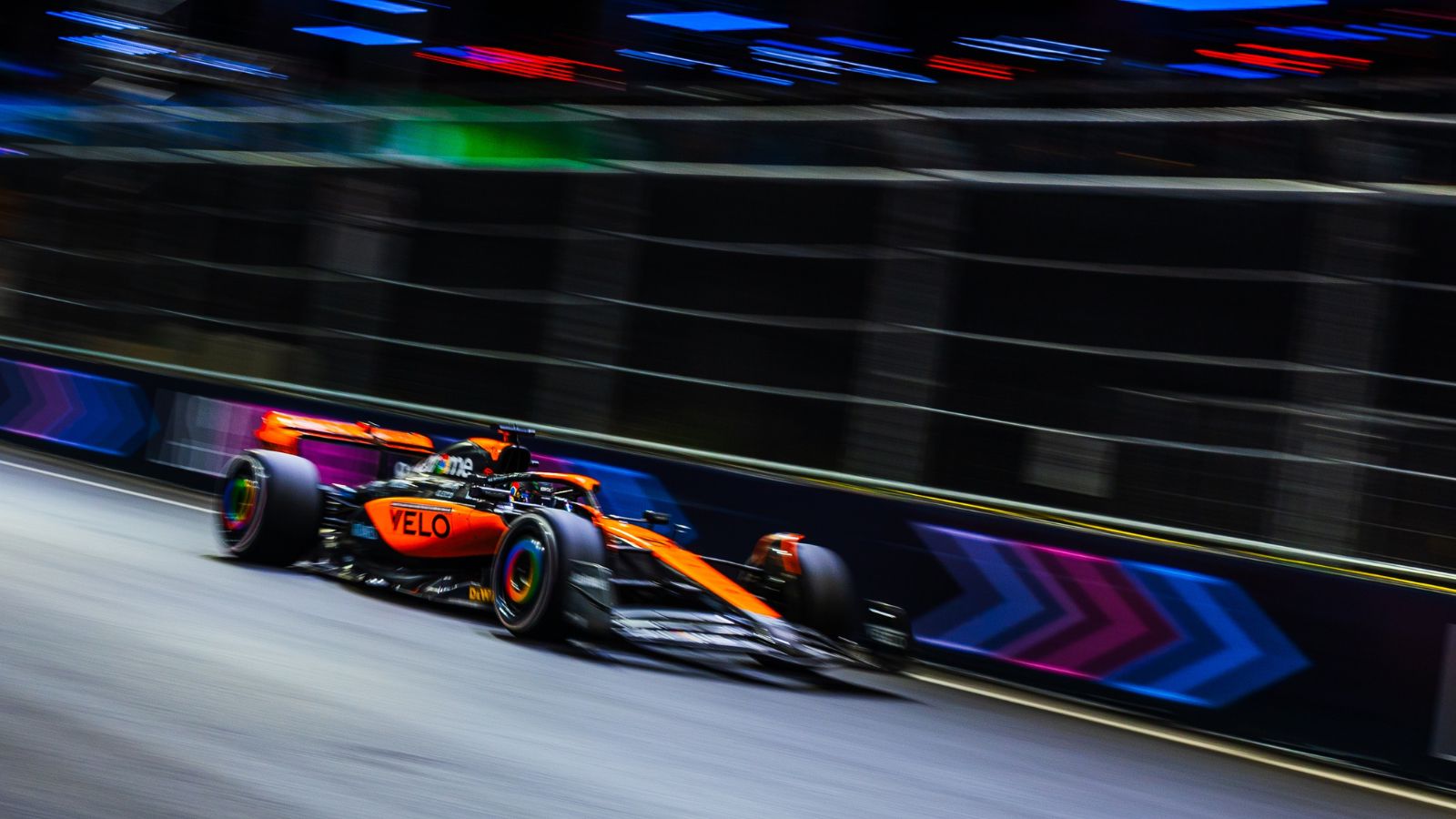
The McLaren F1 didn’t just raise the bar; it launched it into orbit. Designed by Gordon Murray and Peter Stevens, it features a lightweight carbon-fiber monocoque chassis, the first production car to do so. A naturally aspirated 6.1-liter BMW V12 engine powers it, producing 618 hp and 480 lb.-ft of torque, enabling a 0-60 mph sprint in just 3.2 seconds and a top speed of 240.1 mph—making it the fastest car of its time. No wonder the F1 remains legendary for its purity, performance, and engineering brilliance, cementing it as one of the greatest cars ever built.
Nissan GT-R (R32-R35, 1989-Present)
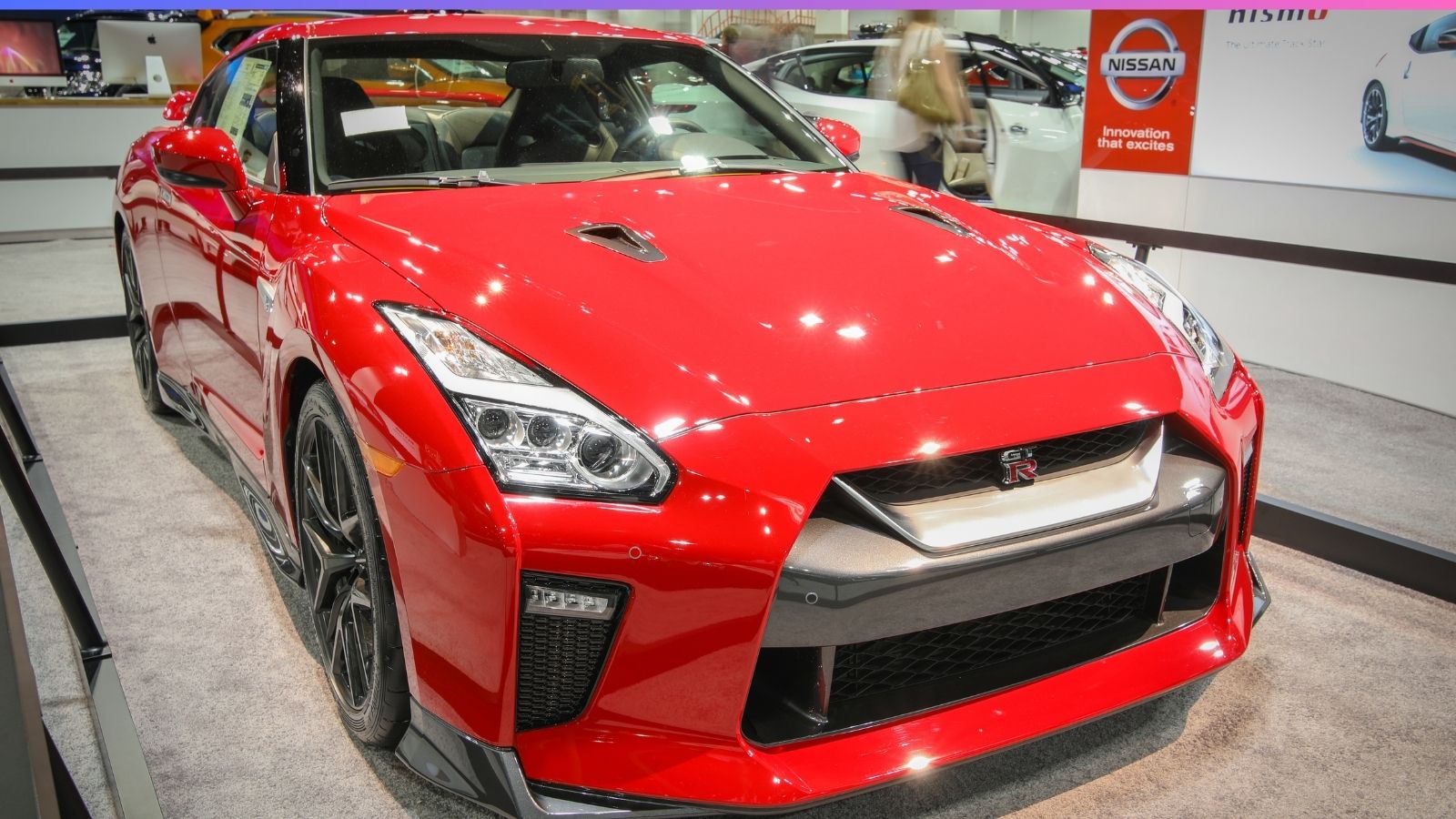
Known as “Godzilla,” the GT-R has been devouring competitors since the R32 emerged in 1989. 2007 the R35 redefined performance with a VR38DETT 3.8L twin-turbo V6, a dual-clutch transmission, and a sophisticated AWD system. It also offered supercar performance at a fraction of the cost, earning accolades worldwide. Also known for relentless innovation, Nissan constantly refined the R35, enhancing its aerodynamics, handling, and luxury. The R35 continues this legacy, proving you don’t need European flair to dominate.
Ford Mustang (1964-Present)
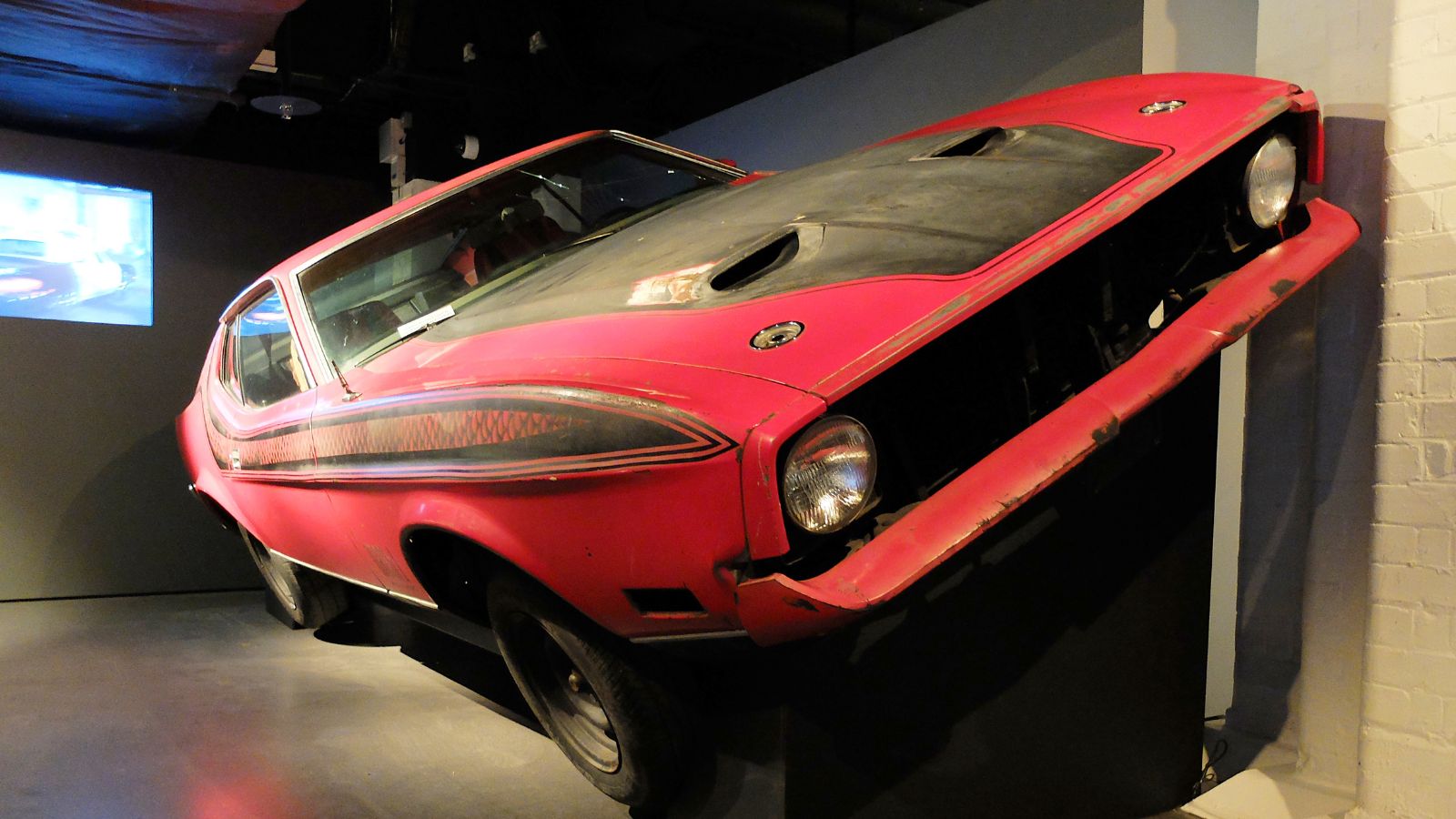
The Mustang isn’t just a car; it’s an American icon. Designed to blend sporty performance with affordability, its long hood and short deck proportions became its signature. The 1964½ model introduced a bold grille, tri-bar taillights, and a galloping horse emblem. The first generation (1964-1973) embodied a muscular, youthful vibe, epitomized by the 1967 GT500’s aggressive fascia. Plus, from Steve McQueen’s Bullitt to the modern Shelby GT500, the Mustang has captured hearts with its affordability and raw power.
Toyota Supra (A80 and A90, 1993-Present)
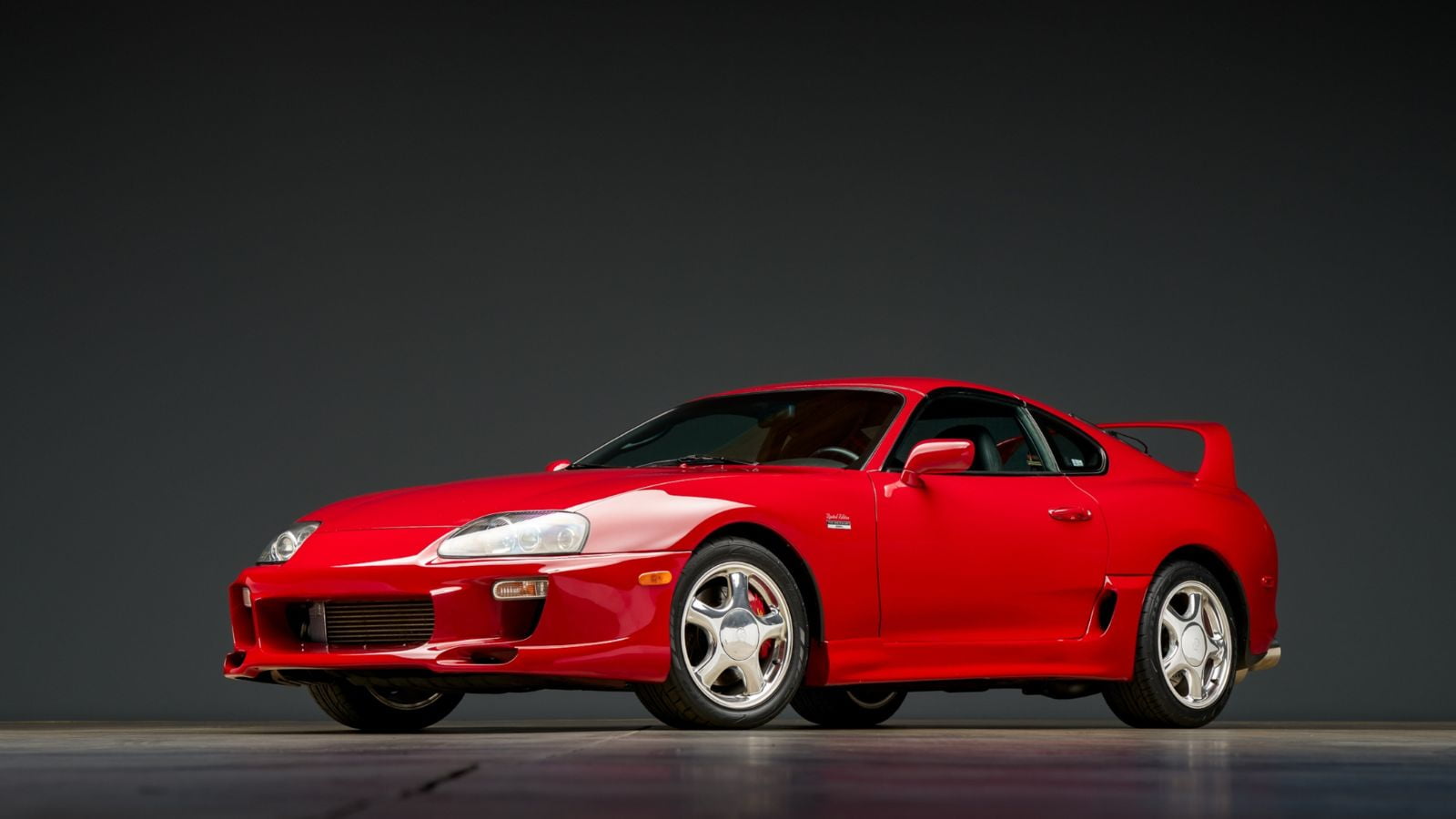
The A80 Supra became a tuner legend thanks to its indestructible 2JZ engine and starring role in The Fast and the Furious. The A90, developed in partnership with BMW, was penned by Nobuo Nakamura (no relation) and has a futuristic, sculpted look. With Compact proportions, a double-bubble roof, and pronounced fender arches, it blends nostalgia and modernity. The integrated rear spoiler also hints at its predecessor, while the sleek LED lights emphasize precision.
Bugatti Veyron (2005-2015)
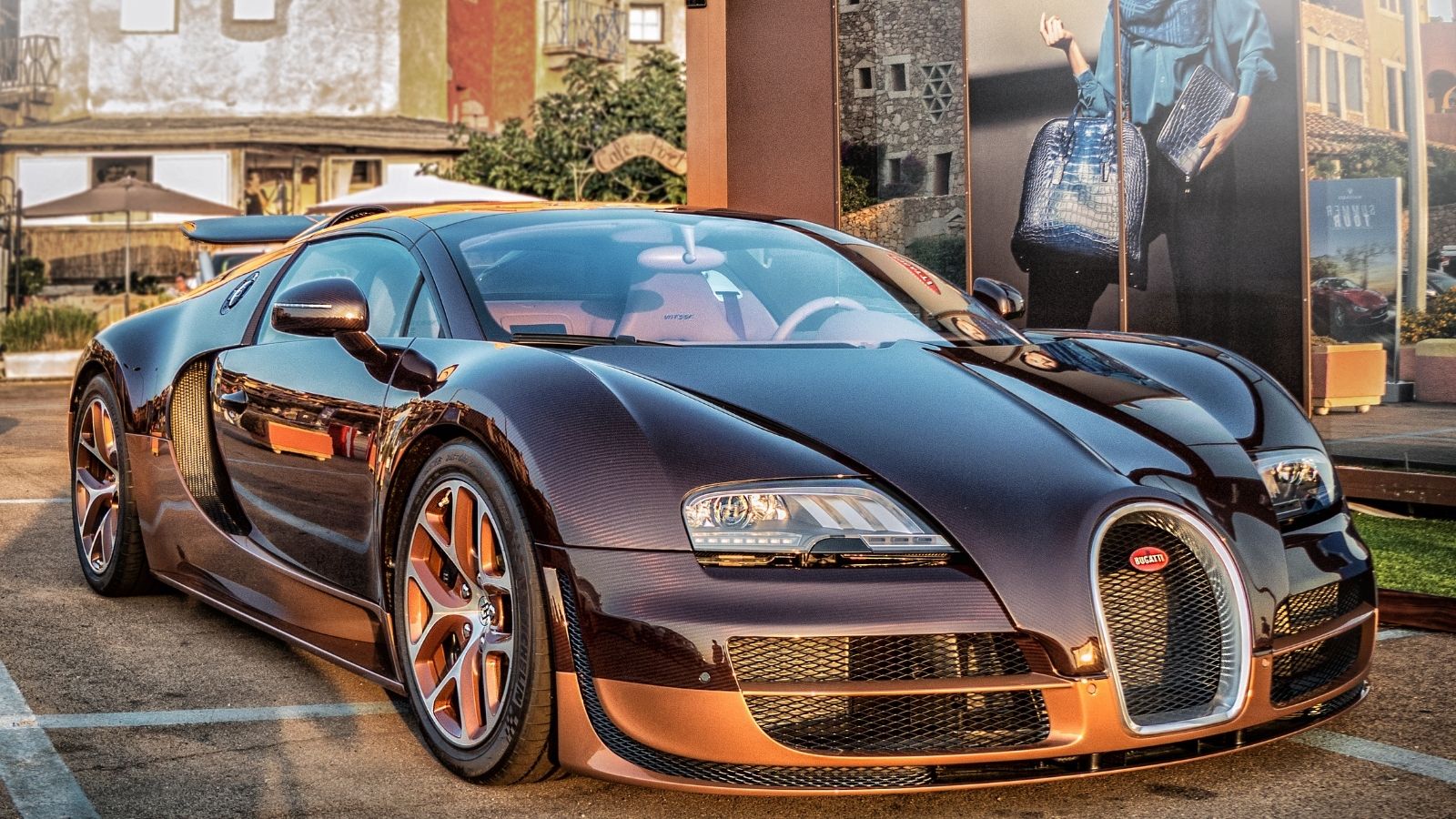
The Bugatti Veyron broke records—and physics. Underneath the glossy carbon fiber, the Veyron houses a 16-cylinder, quad-turbocharged engine capable of reaching 1,001 horsepower. Its chassis is crafted from aluminum and carbon fiber to balance weight and strength, while the suspension ensures maximum stability at high speeds. The car’s sleek silhouette is also complemented by LED lights and distinctive Bugatti design cues, including the iconic horseshoe grille. Bonus: It’s also one of the few cars that could burn through its fuel tank in under 12 minutes at full speed.
Aston Martin DB5 (1963-1965)
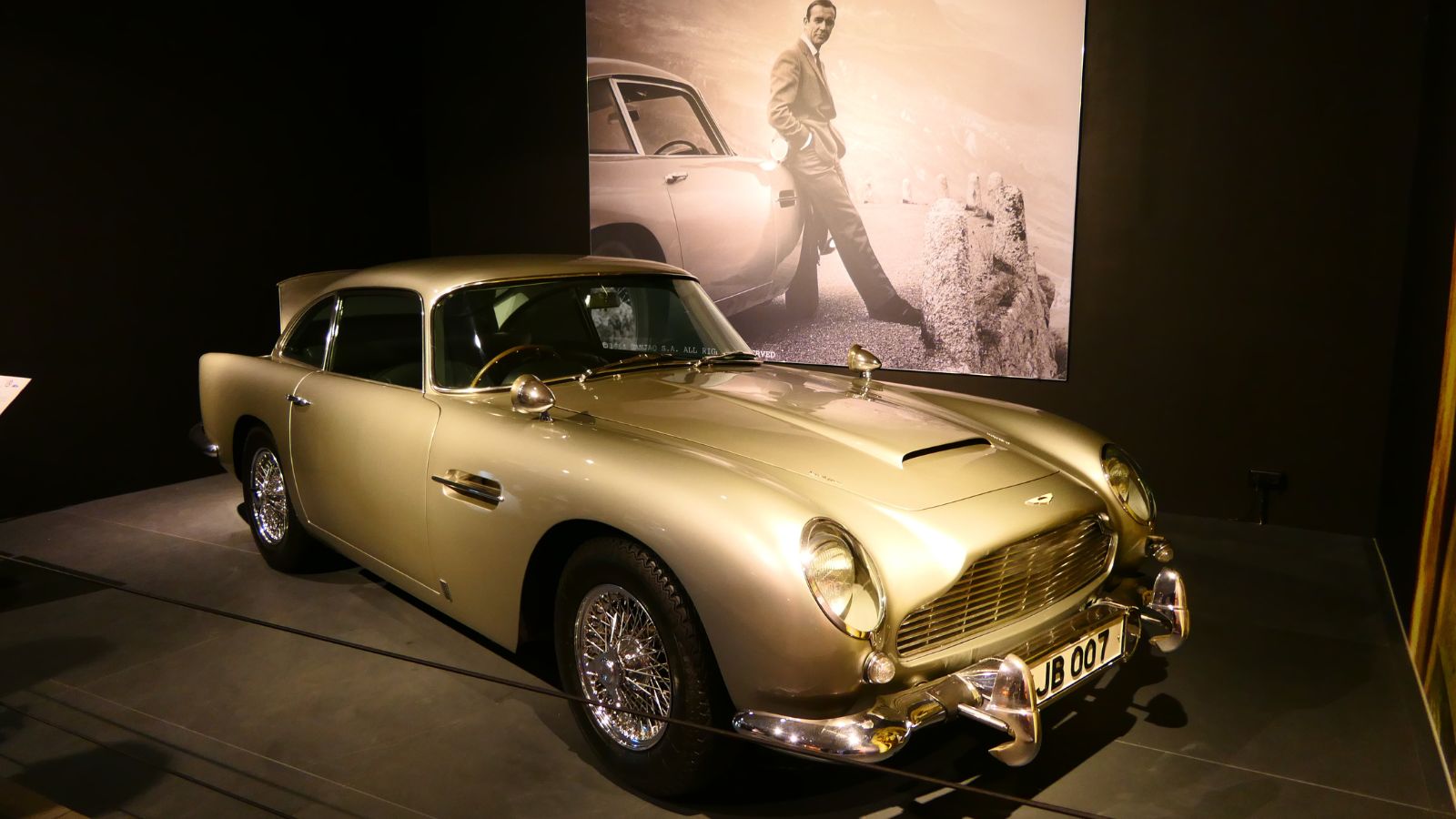
Bond. James Bond. The Aston Martin DB5 might not be the fastest car on this list, but it’s arguably the most stylish. The car’s elegant proportions feature a long, sculpted bonnet, a gently sloping roofline, and pronounced fenders, all contributing to its timeless appeal. Under the hood, a 4.0-liter inline-six engine produced 282 horsepower, allowing the DB5 to reach 145 mph—impressive for its era. Its blend of performance, style, and cinematic legacy cemented the DB5’s status as one of the most coveted classic cars ever.
Dodge Viper (1991-2017)
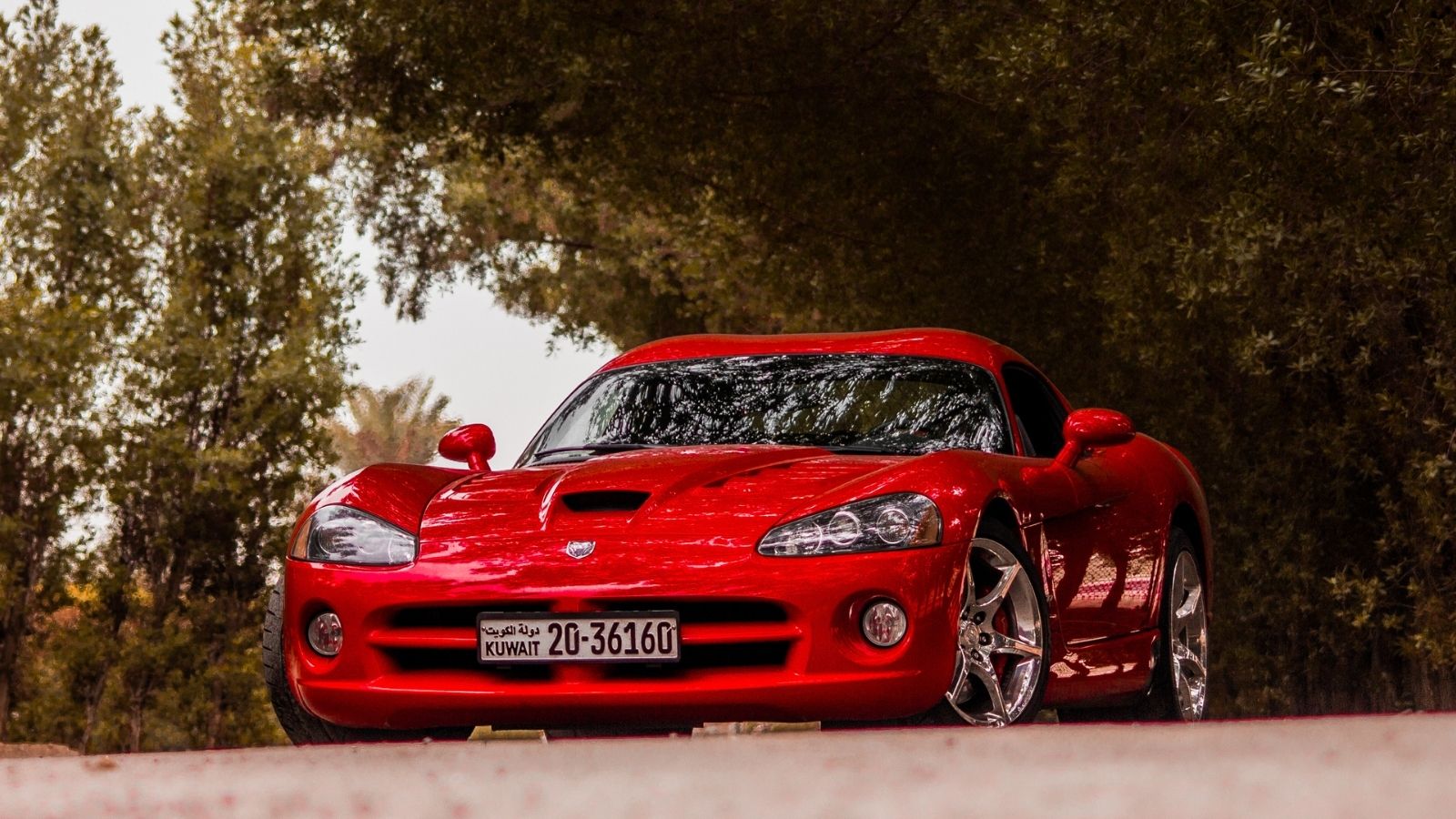
The Dodge Viper was America’s middle finger to driver aids. Its low, wide stance is paired with a long hood and rear-seat cockpit, contributing to its menacing look and aerodynamic efficiency. The Viper’s chassis is also built around a steel backbone, providing a strong foundation for its high-performance capabilities, while the aluminum body panels keep weight low. And, with an 8.0-liter V10 and no traction control, it was as much a weapon as a car. Few vehicles delivered thrills—or fear—like the Viper.
Honda NSX (1990-2005, 2016-Present)
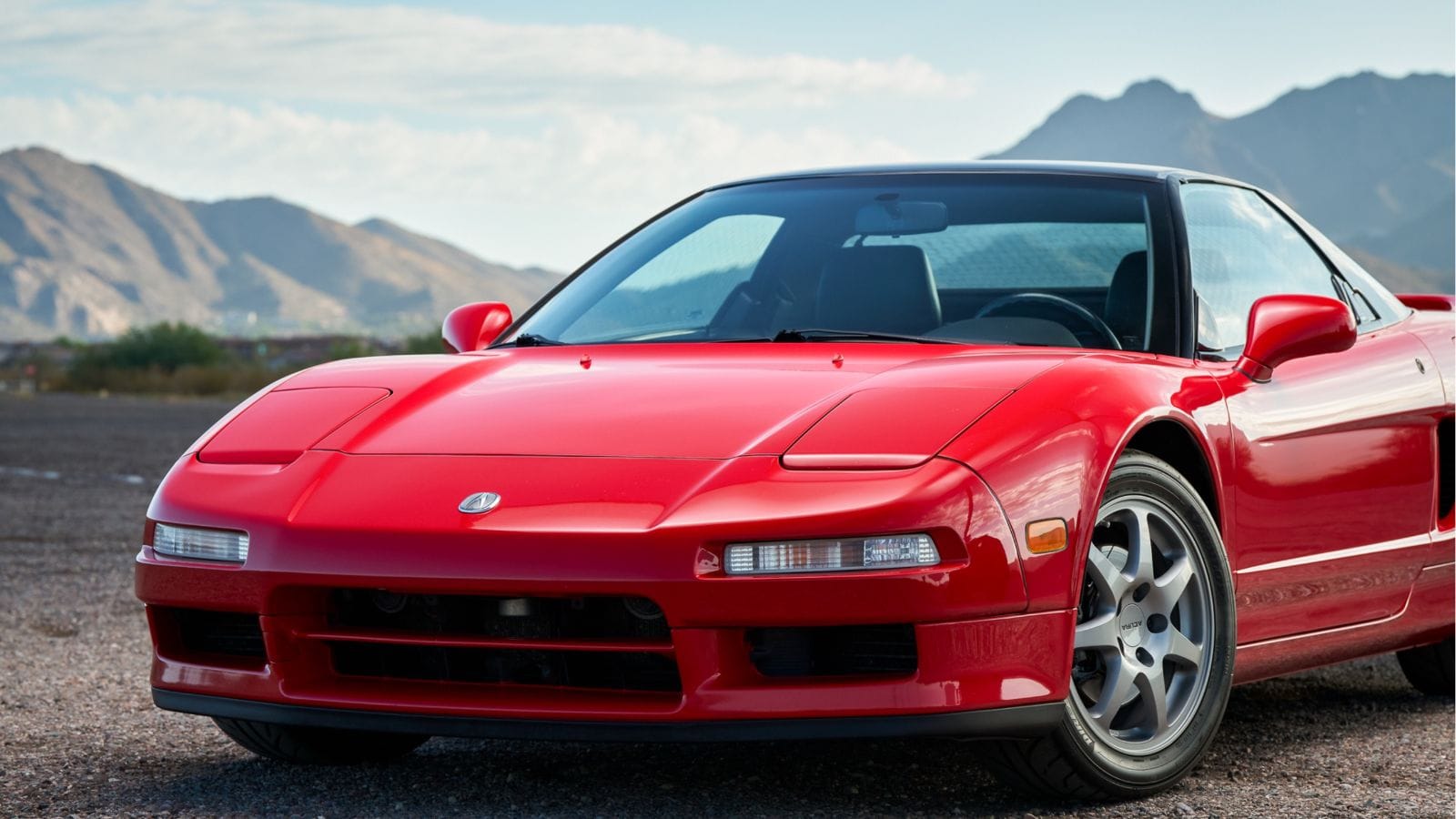
The original NSX, with input from Ayrton Senna, redefined the sports car with its blend of reliability, performance, and everyday usability. Designed with input from F1 engineers, its mid-engine layout and lightweight aluminum body were revolutionary. Further, the car’s aerodynamic design focused on reducing drag while enhancing stability, with a low and wide stance that contributed to its sharp handling. Plus, the new NSX brought hybrid tech into the mix, making it a supercar for the eco-conscious.
Jaguar E-Type (1961-1975)
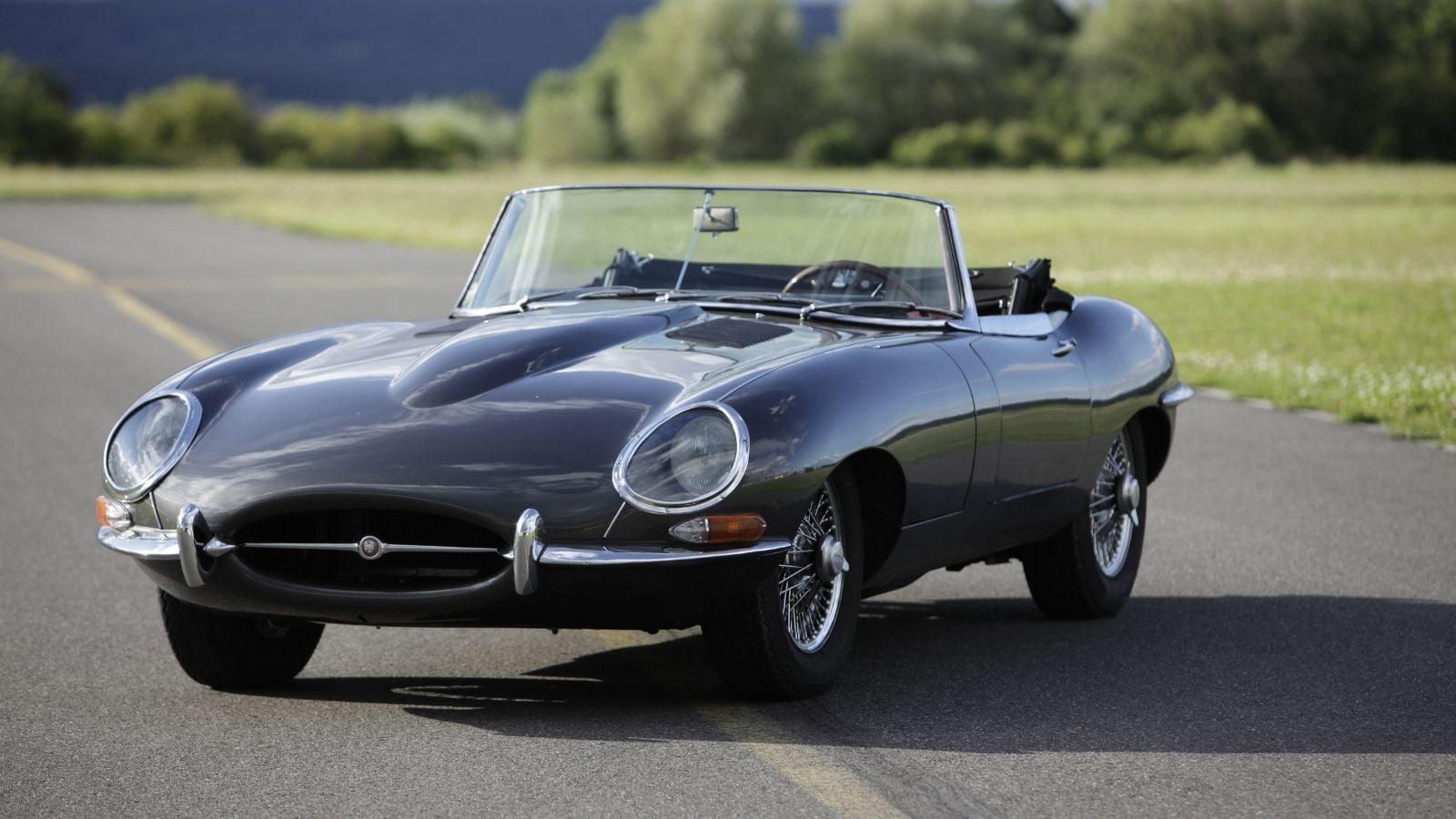
Enzo Ferrari called it the most beautiful car ever made, and honestly, who’s arguing? The E-Type’s curvaceous design and inline-six engine made it a symbol of the 60s cool. The car featured a monocoque chassis, lightweight aluminum body panels, and advanced suspension systems derived from racing technology. Also, the E-Type’s powerful 3.8-liter inline-six engine, later upgraded to a 4.2-liter, was mated to a synchronized 4-speed gearbox, delivering both speed and refinement.
Subaru WRX/STI (1992-Present)
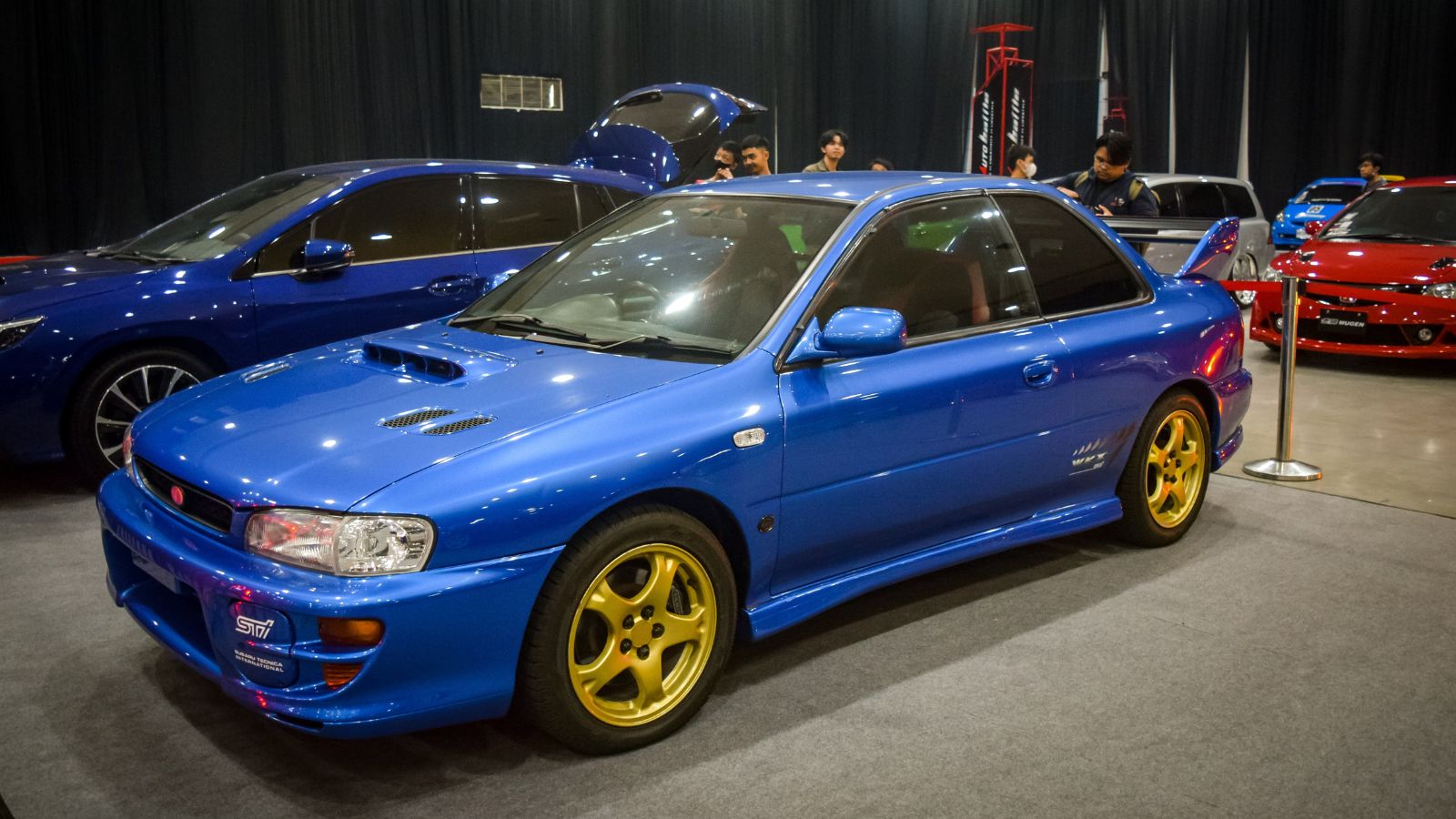
The WRX/STI is the rally car for the streets. Powered by a turbocharged 2.0L or 2.5L flat-four engine, the WRX produces 268 to 310 horsepower, depending on the model year. The STI is more performance-oriented, with a closer-ratio 6-speed manual gearbox, stronger suspension components, and larger brakes. Both cars come with Subaru’s symmetrical all-wheel drive, providing exceptional traction in various weather conditions. Plus, who doesn’t love a good turbo whistle?
Lexus LFA (2010-2012)
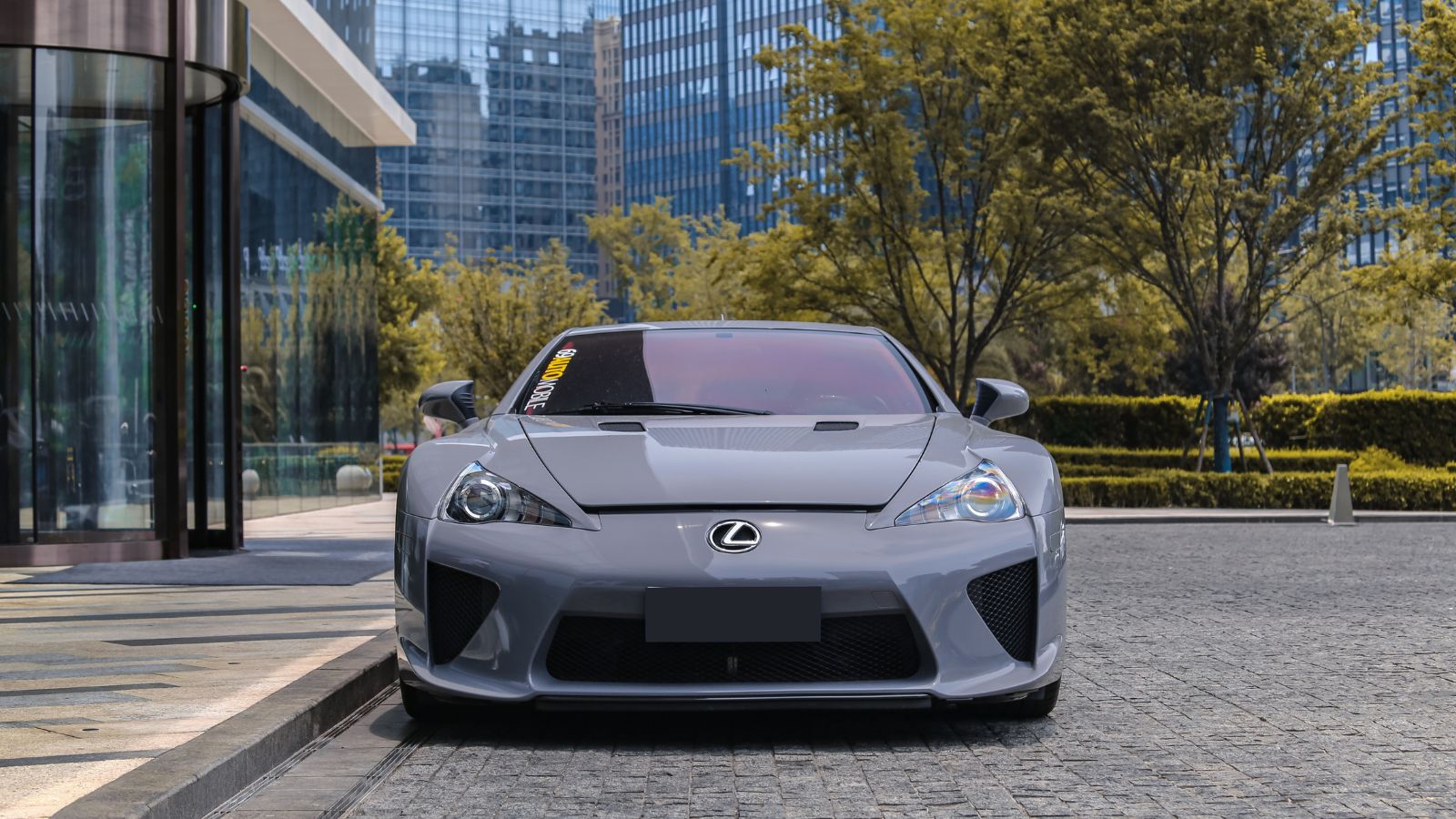
The Lexus LFA wasn’t just a car but an engineering opus. Made chiefly of carbon-fiber-reinforced plastic, the LFA was light, agile, and ridiculously expensive, $375,000 to start, before options like paint color were named after fancy beverages. Only 500 were ever made, each crafted like delicate sushi. The digital tachometer? It was necessary because the analog ones couldn’t keep up with the engine. Verdict? It’s a unicorn of the car world: Fast, rare, and utterly unforgettable.
Alfa Romeo 8C Competizione (2007-2010)
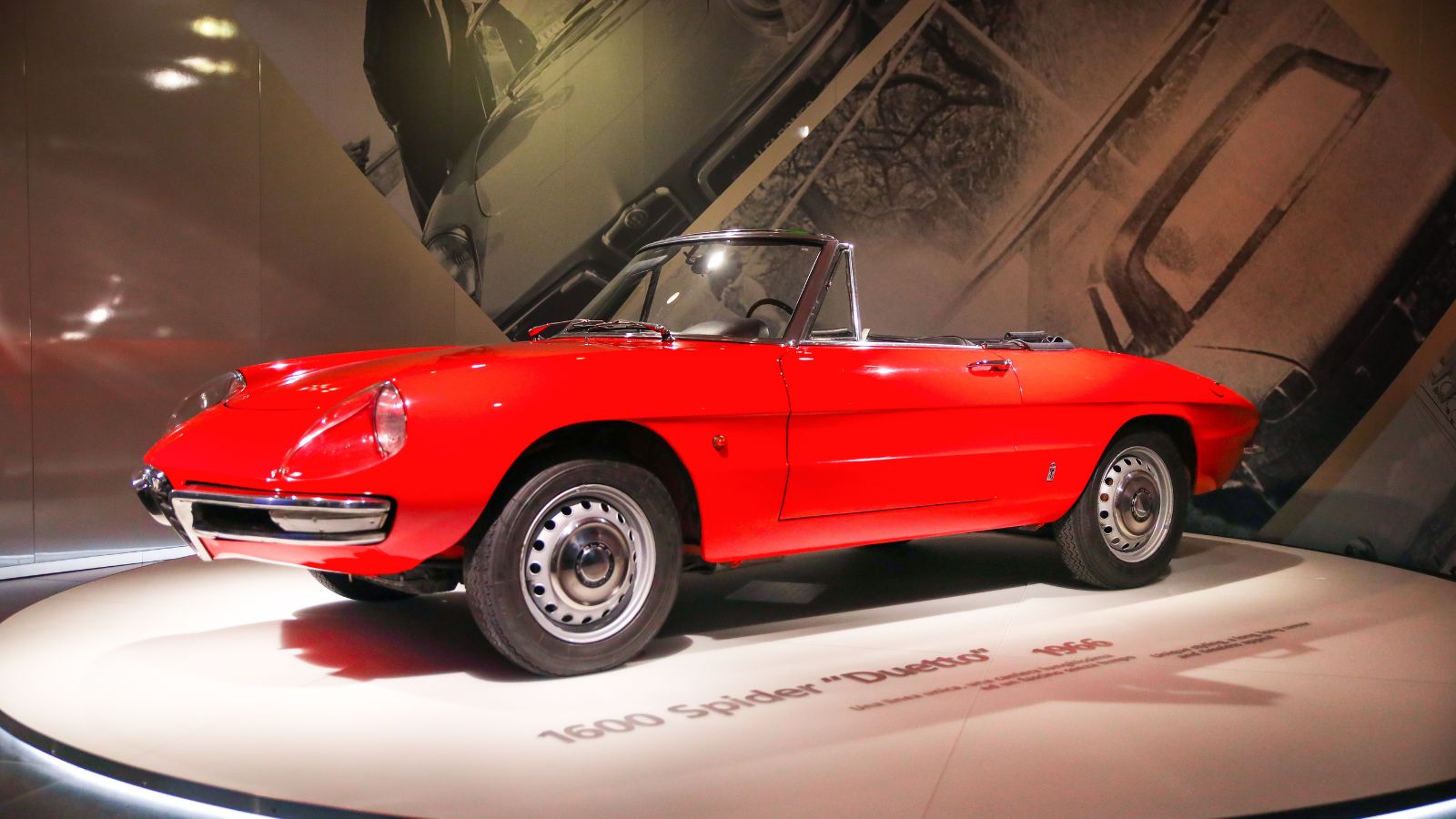
The Alfa Romeo 8C Competizione (2007–2010) is what happens when Italian passion is crammed into carbon fiber and sculpted by the gods of design. Limited to just 500 coupes and 500 spiders worldwide, this masterpiece wasn’t built to be subtle. Its 4.7-liter V8—borrowed from Maserati but tuned for extra drama—growls with 444 horsepower, propelling you from 0-60 mph in about 4.2 seconds. Top speed? A screaming 181 mph. Owning one is less about driving and more about curating.
Tesla Roadster (2008-2012, 2024)
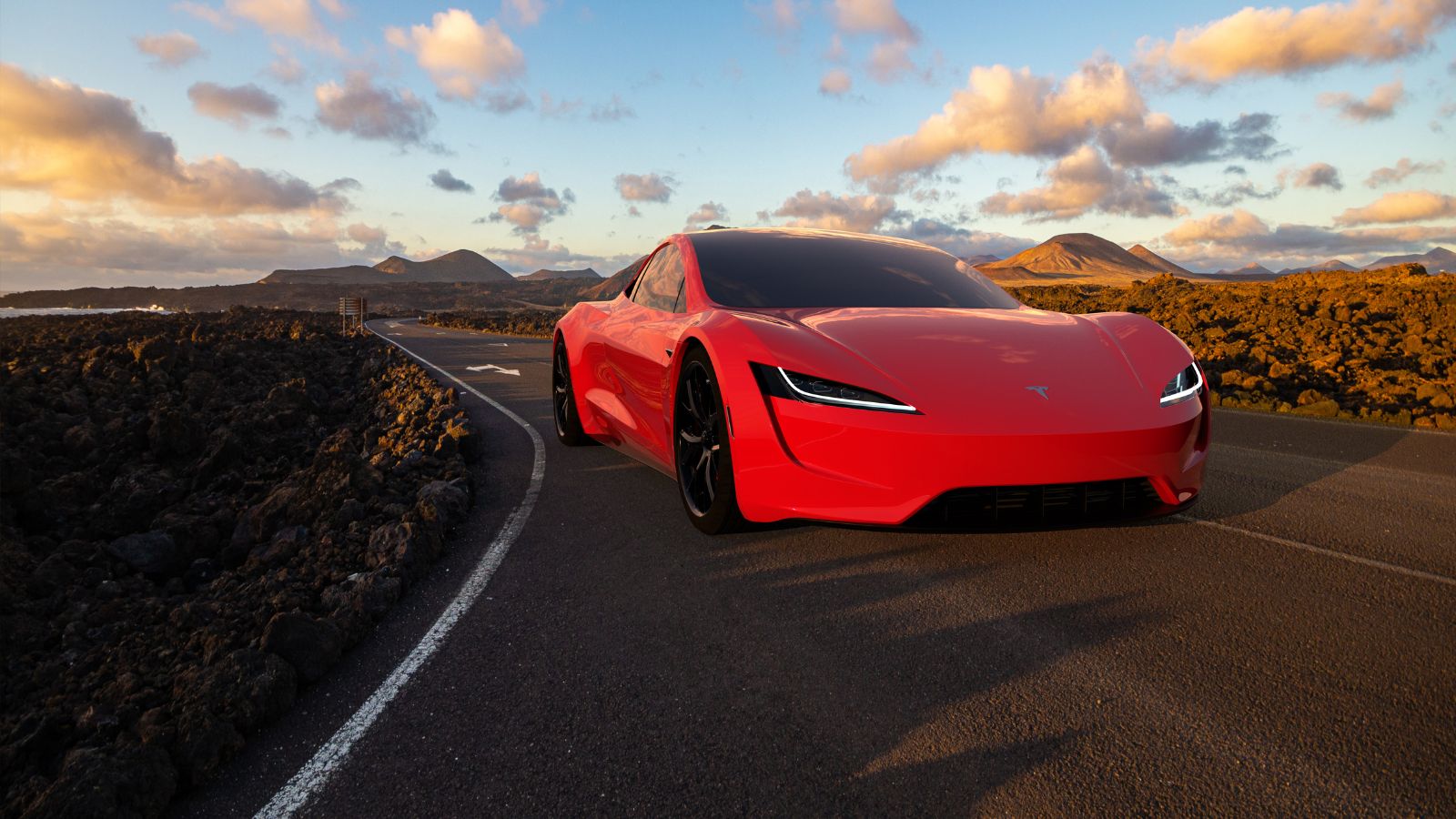
The Tesla Roadster changed the game for electric cars. First zooming onto the scene in 2008, it was Tesla’s debut act, based on the Lotus Elise chassis but powered by cutting-edge electric wizardry. With a 0-60 mph time of 3.7 seconds and a range of around 245 miles, it shocked skeptics into silence. Production wrapped in 2012 after about 2,500 units, leaving behind a legacy as the first highway-legal EV to use a lithium-ion battery. The upcoming 2024 model promises to break even more records, including a 0-60 mph time of under 2 seconds.
Plymouth HEMI ‘Cuda (1970-1971)
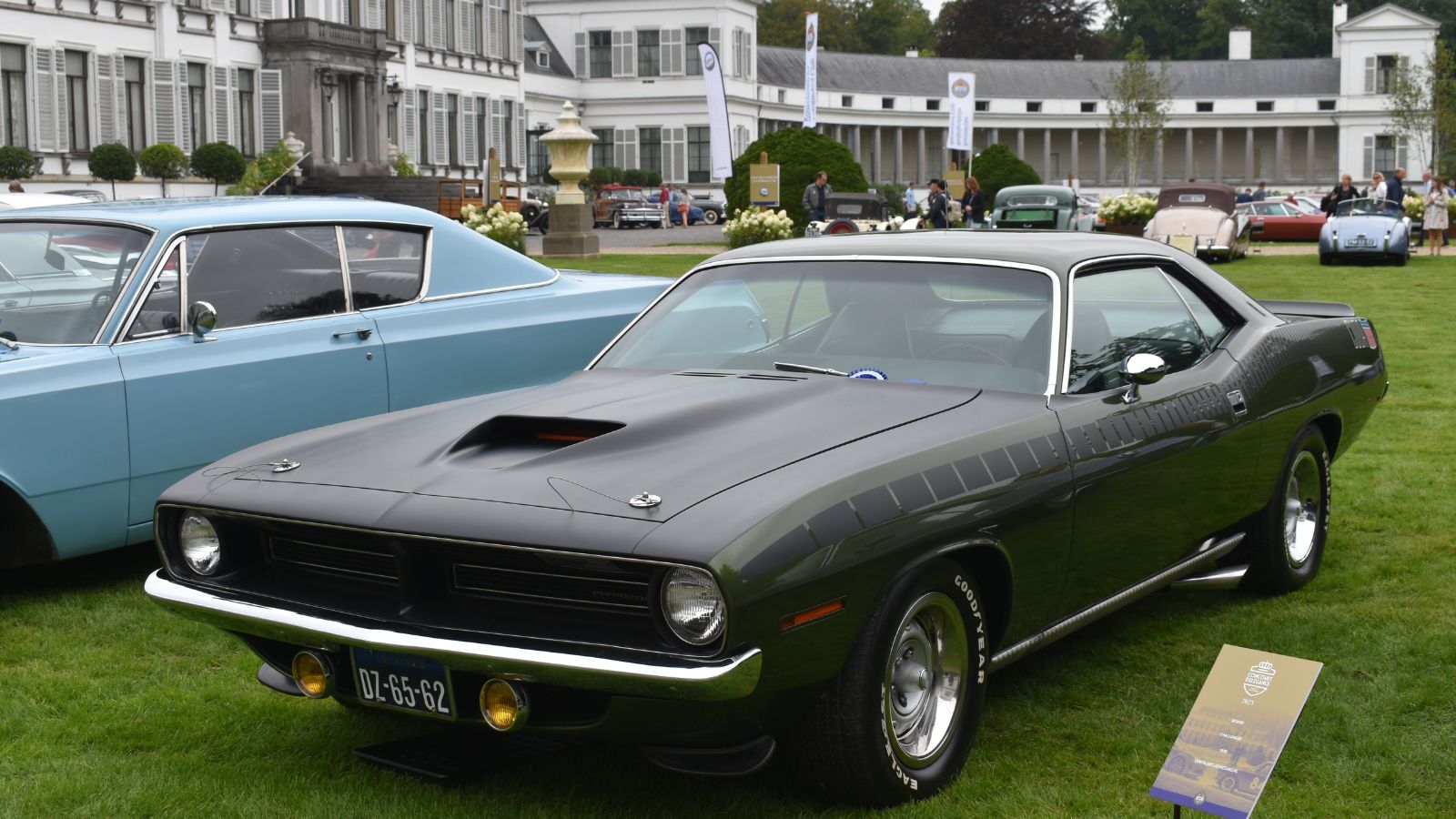
The HEMI ‘Cuda was the muscle car’s ultimate evolution. Armed with Chrysler’s legendary 426 HEMI V8 engine—nicknamed the “Elephant” for its absurd size and power—it produced a spine-tingling 425 horsepower (though many say it was “underrated”). Rare? Oh, yeah. Plymouth built only 652 HEMI ’Cudas in 1970, with even fewer convertibles—just 14! Today, these unicorns fetch millions at auctions, making them automotive royalty. In short, the HEMI ’Cuda was raw, unapologetic, and as subtle as a punch to the face.
Audi R8 (2006-Present)
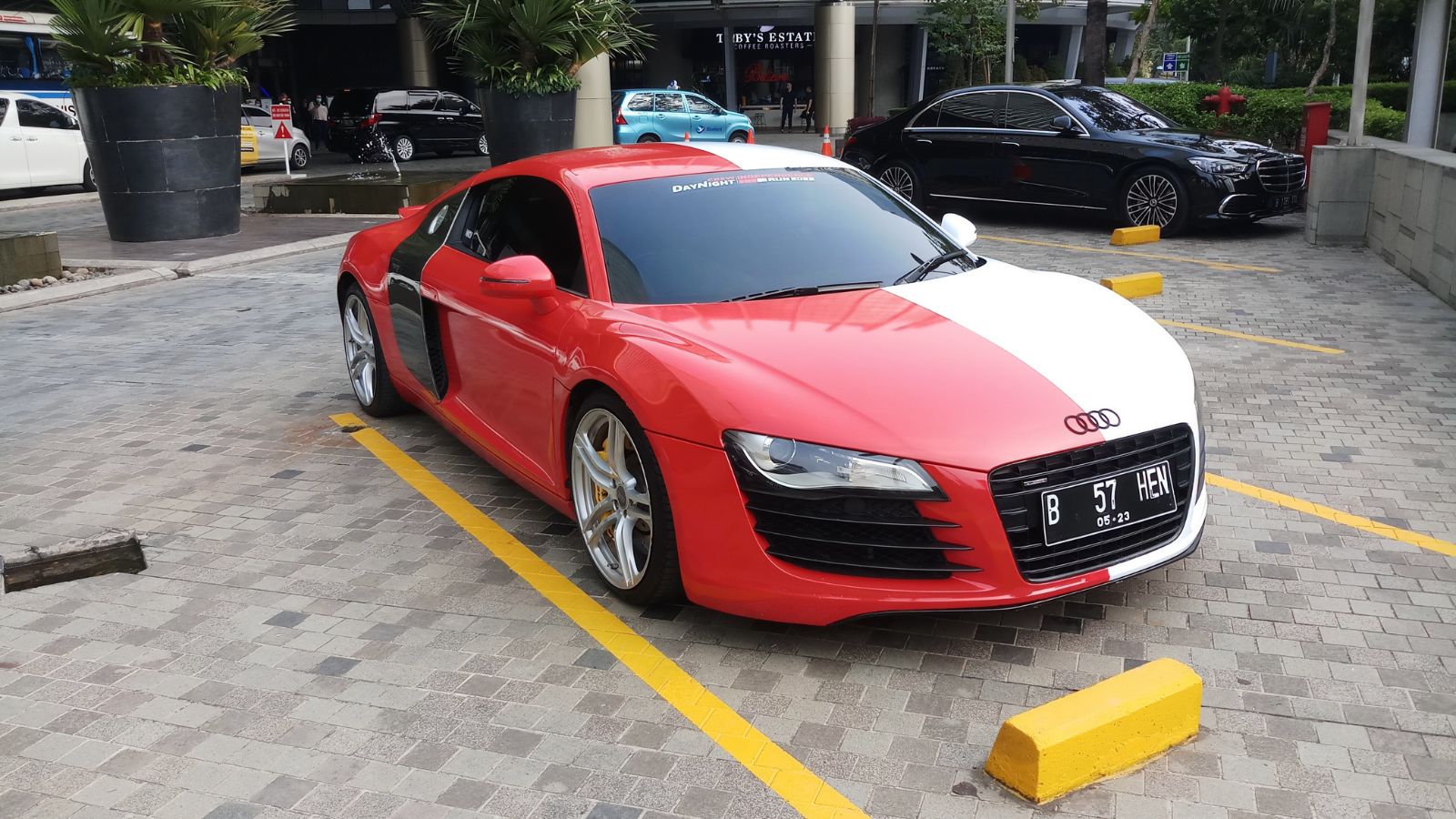
The R8 is proof that supercars don’t have to be temperamental. With a 0-60 mph time of just 3.1 seconds, the R8 is faster than your excuses for being late. The interior screams “luxury meets spaceship,” with a virtual cockpit display and fine materials. And, despite its supercar pedigree, it’s surprisingly easy to live with, offering a smooth ride and decent luggage space—well, for a toothbrush and a spare pair of socks. It’s Bruce Wayne’s weekend car but available to mere mortals with $150K+ to spare.
BMW M3 (E30-Present)
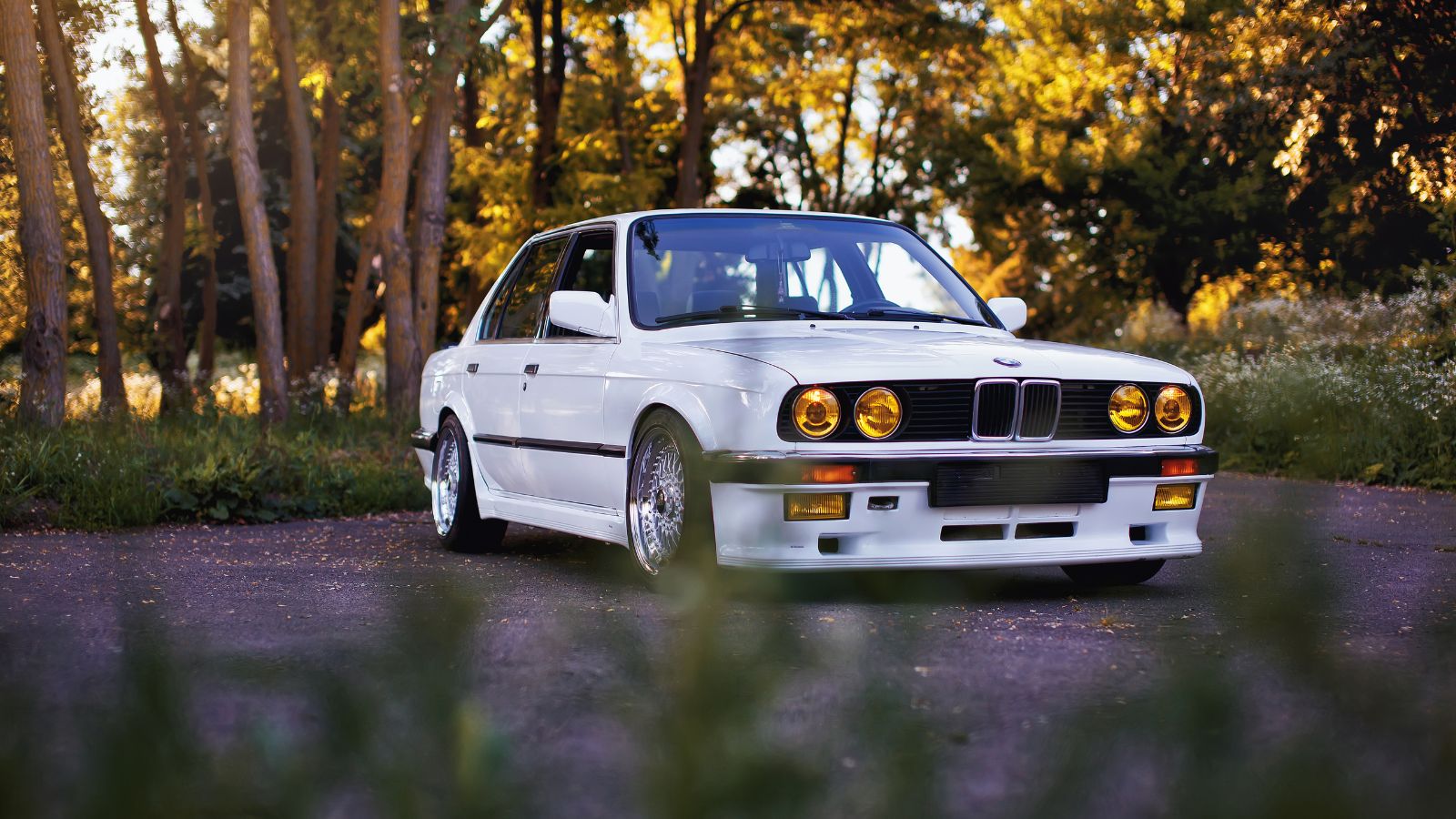
The BMW M3 has been the benchmark for performance sedans since the E30 debuted in the 80s. Born in 1986 as a track-ready version of the BMW 3 Series, the M3 quickly became a legend, mixing luxury and performance like peanut butter and chocolate. Also, powered by precision-engineered inline-six, V8, or (brace yourself) inline-four engines over the years, the M3’s horsepower climbs with each generation like your grocery bill: the latest G80 M3 even boasts up to 503 hp (Competition xDrive trim) and rockets from 0-60 mph in a mere 3.4 seconds.
Koenigsegg Jesko (2021-Present)
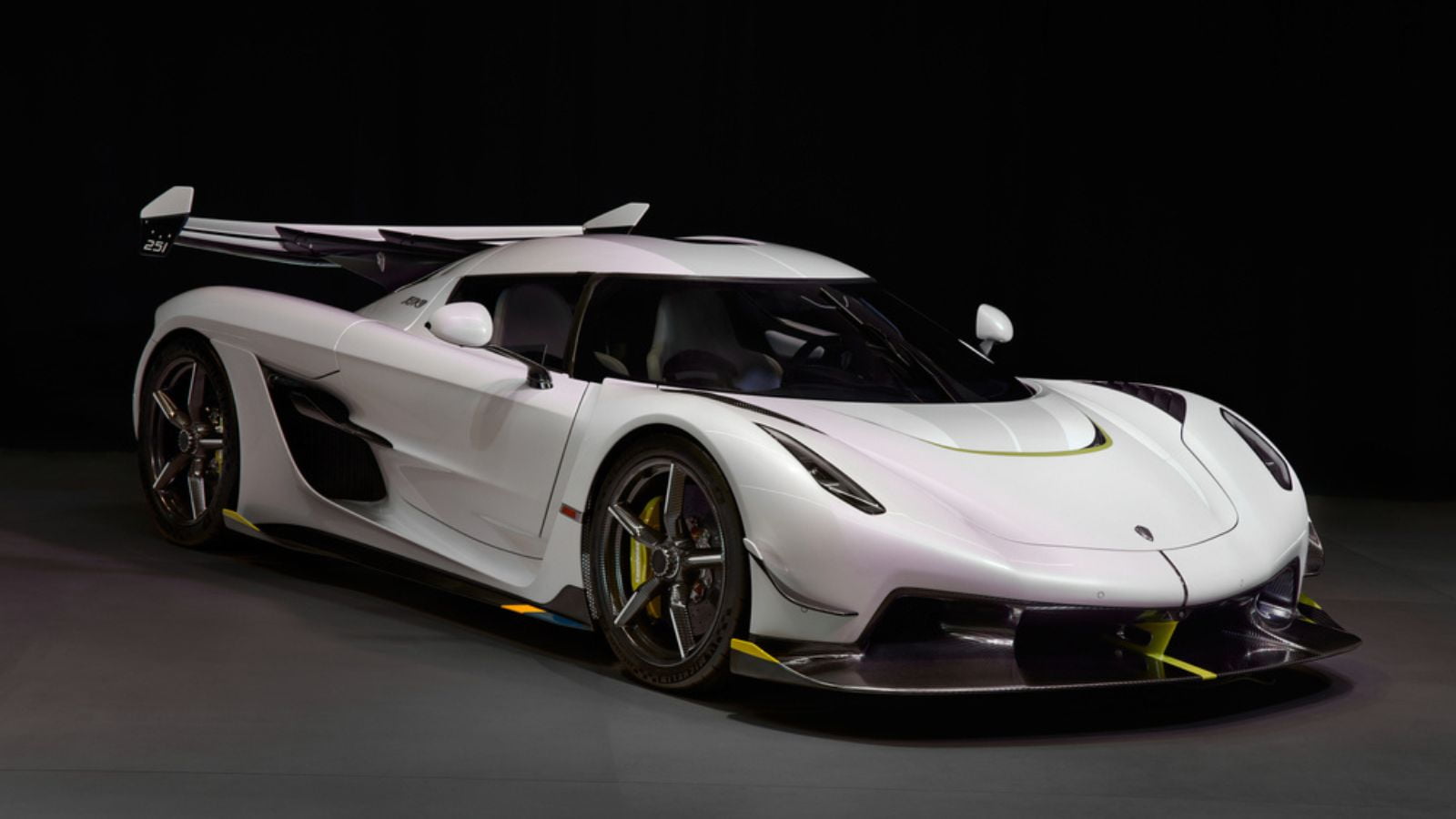
The Koenigsegg Jesko is a rocket disguised as a supercar with doors that look like they belong on a spaceship. The car’s 9-speed Light Speed Transmission is so quick it practically shifts before you think about it. Aerodynamics? It has a massive rear wing that doubles as a picnic table. Meanwhile, the carbon-fiber monocoque is so light and strong that it could survive reentry from orbit. Inside, you get scissor doors, touchscreen controls, and a steering wheel with more buttons than your TV remote. And, with only 125 units planned, this beast is rarer than unicorns at a frat party.
Pagani Zonda (1999-2019)
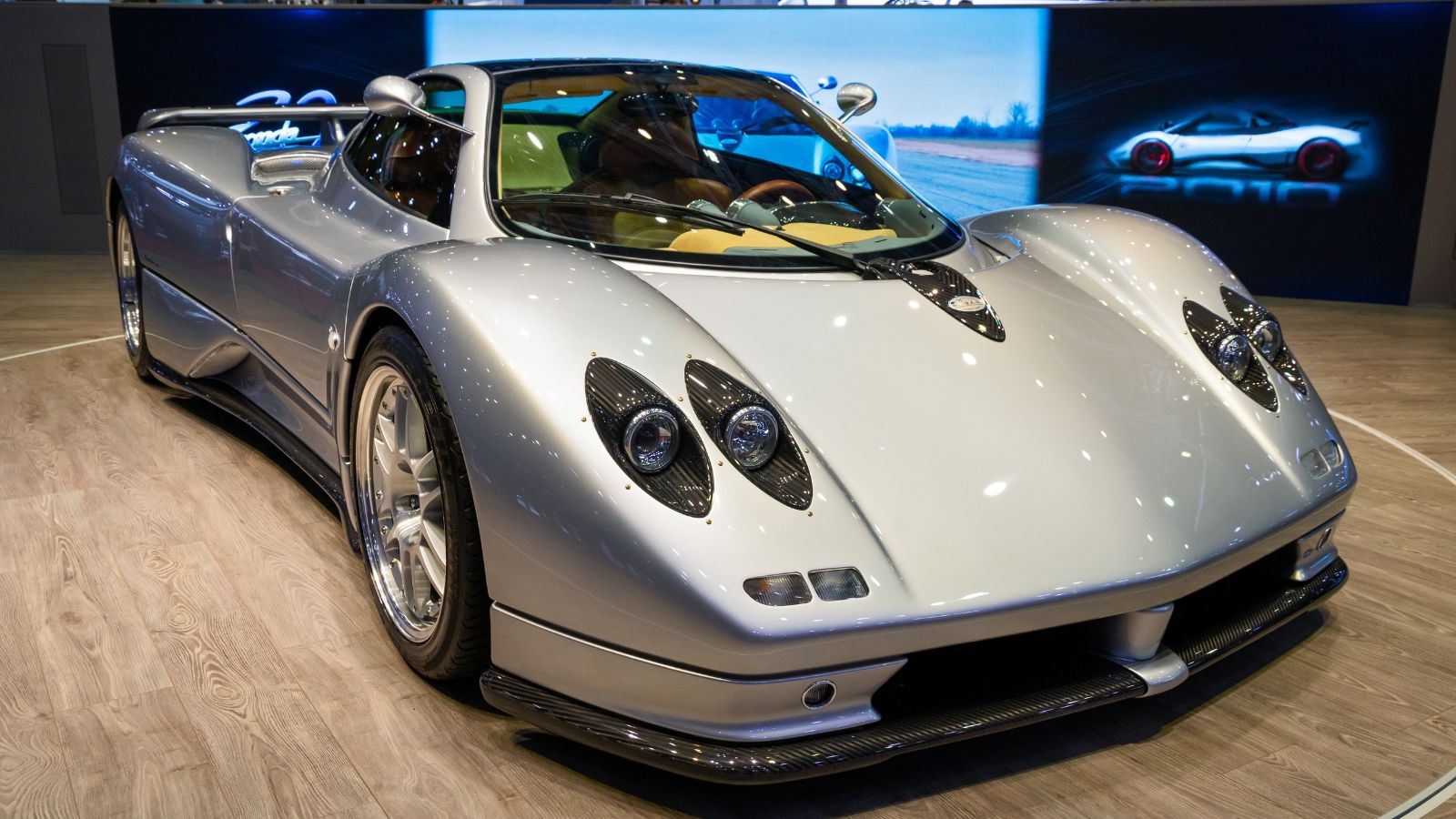
The Pagani Zonda (1999-2019) wasn’t just a car; it was automotive poetry written by mad scientists with carbon fiber. Designed by Horacio Pagani, it debuted with the flair of a rockstar and a Mercedes-AMG V12 that could serenade the angels—or wake the dead. Over 20 years, Pagani gave the Zonda more variants than Starbucks has coffee orders, from the original C12 to the bonkers HP Barchetta. Plus, limited production (about 140 units total) ensured it stayed rarer than a quiet toddler. By the time its swan song played in 2019, the Zonda was a legend wrapped in carbon and absurdity.
Shelby Cobra (1962-1967)
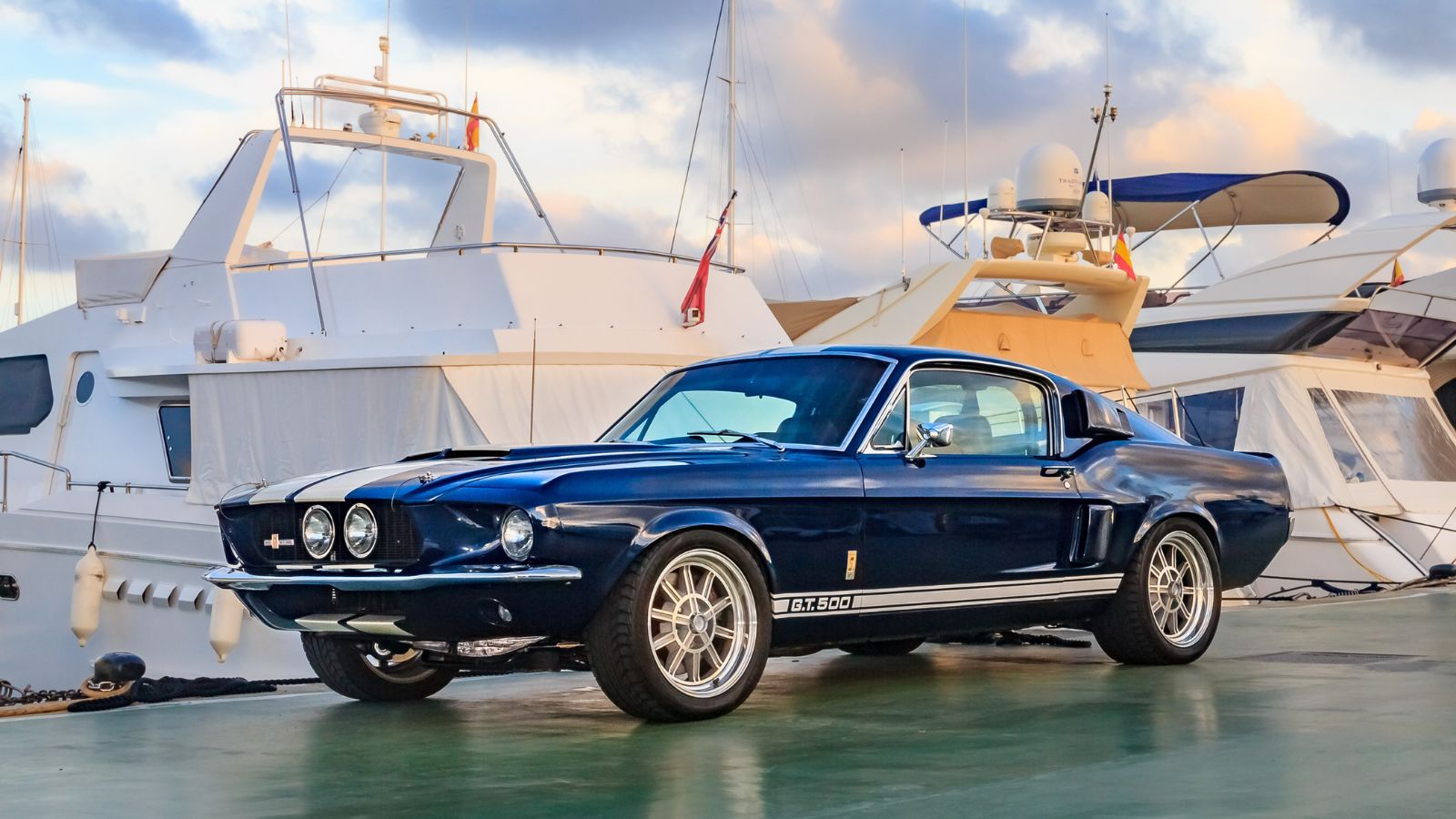
The Shelby Cobra is the automotive lovechild of American muscle and British charm, born in the 1960s when Carroll Shelby decided to shove a Ford V8 into a lightweight AC Ace chassis. The result? A car so fast it could scare the mustache off a 1960s gentleman. The 427 Cobra, the most famous version, packed a monstrous 7.0-liter engine capable of rocketing the car from 0 to 60 mph in under four seconds—a terrifying feat considering it weighed less than a sneeze and had no modern safety features. Today, it’s a legend worth millions.
Toyota 2000GT (1967-1970)
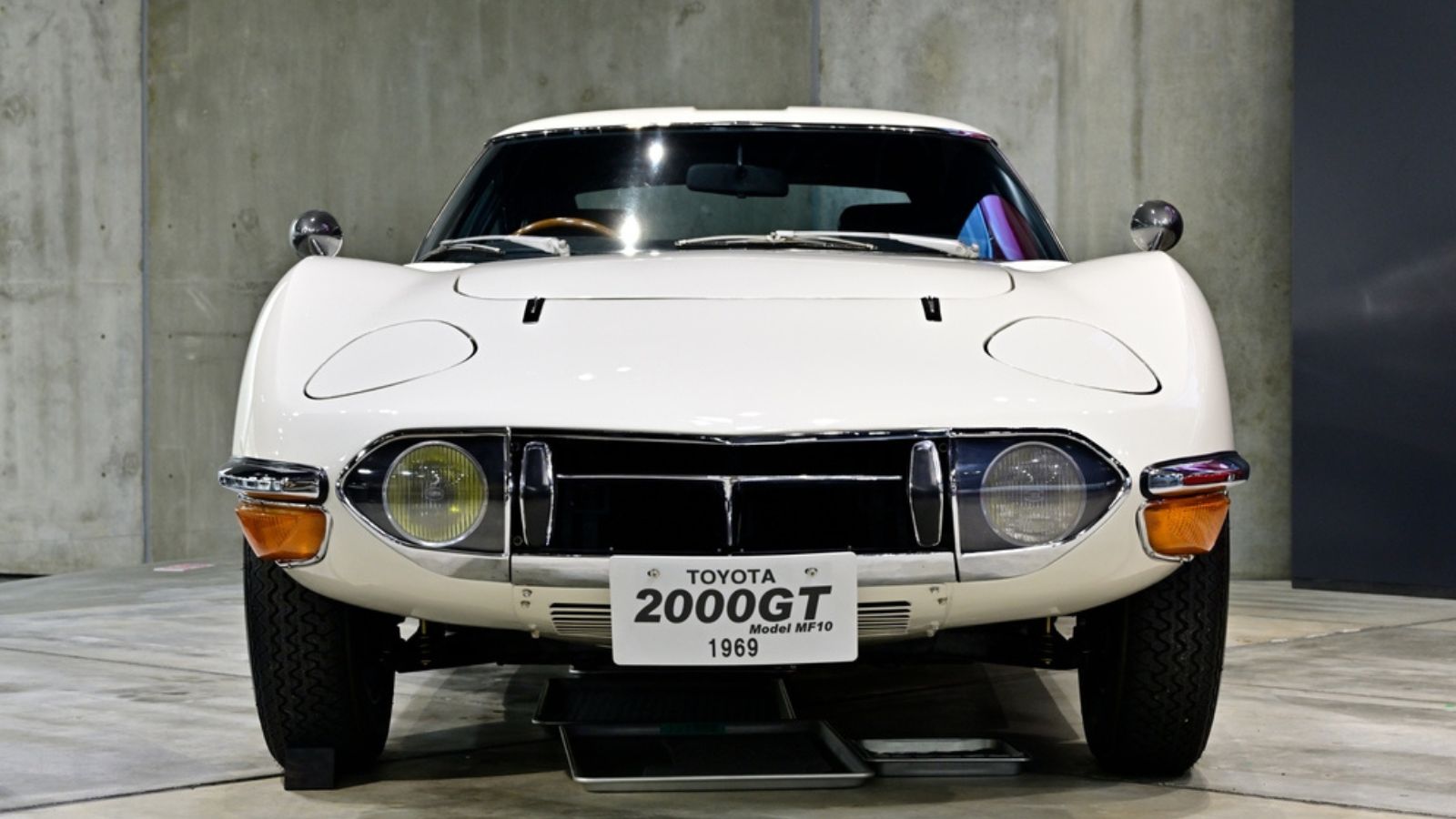
The Toyota 2000GT (1967–1970) was Japan’s answer to the sports car world, and boy, did it flex. Co-developed with Yamaha, this sleek coupe looked like a Bond car because it was one in You Only Live Twice. Powered by a 2.0L straight-six engine producing 150 hp, it could hit 0-60 mph in 8.4 seconds—quick for its time, if not Ferrari-fast. Also, its aluminum body, pop-up headlights, and curves sharper than a samurai sword screamed sophistication. The 2000GT helped Toyota ditch its “economy car” rep and gave Europe a polite but firm “Konnichiwa.”
18 Budget-Friendly Electric Cars That Last Longer Than Their Loans — Economical Electrics
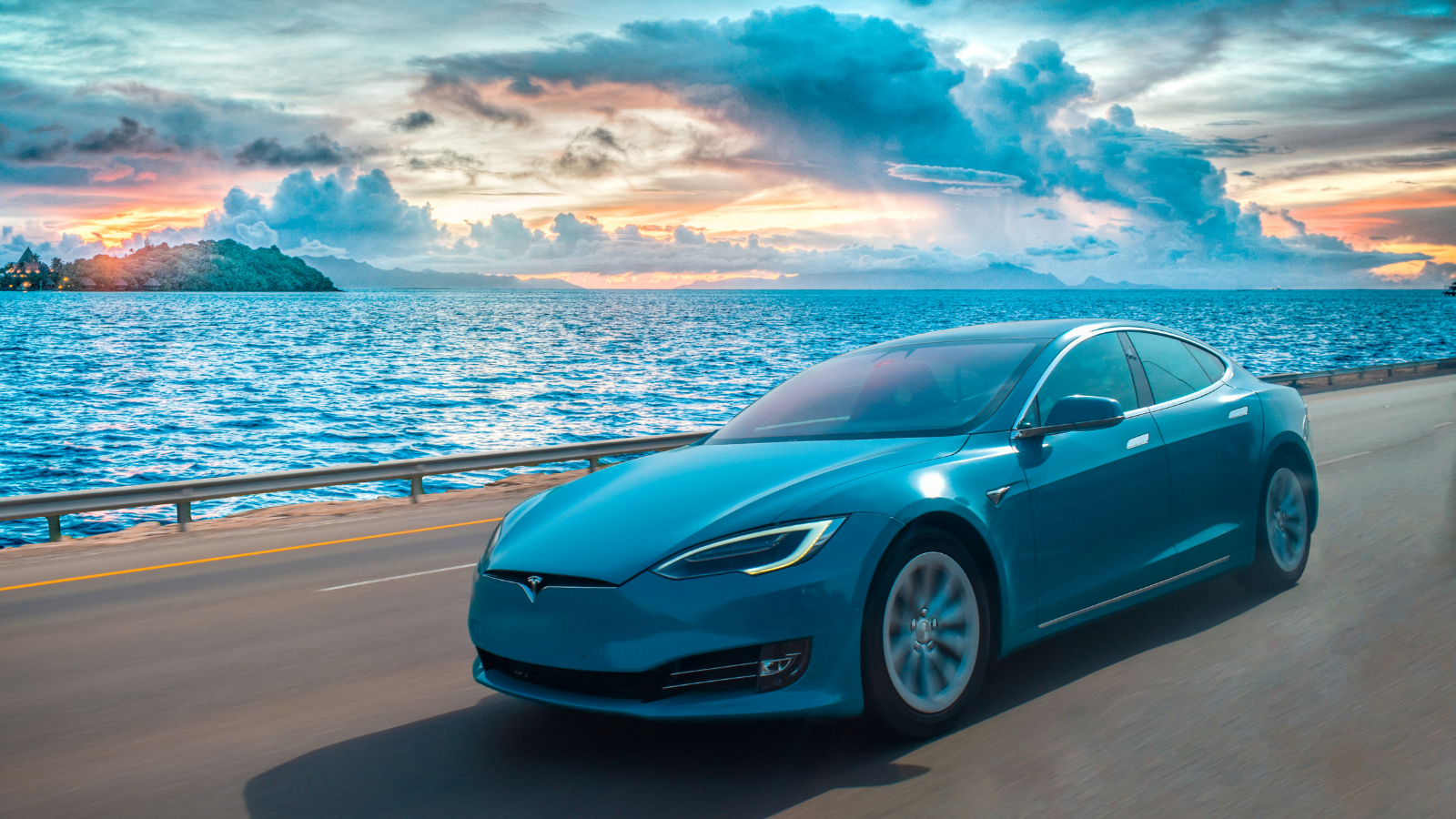
Electric vehicles are no longer a luxury for the elite—they’re a smart investment for the everyday driver. With manufacturers stepping up to the plate, affordable EVs now deliver on reliability, range, and modern comforts. Here’s a look at 18 economical electric cars engineered to outlast their payment plans.
18 Budget-Friendly Electric Cars That Last Longer Than Their Loans — Economical Electrics
